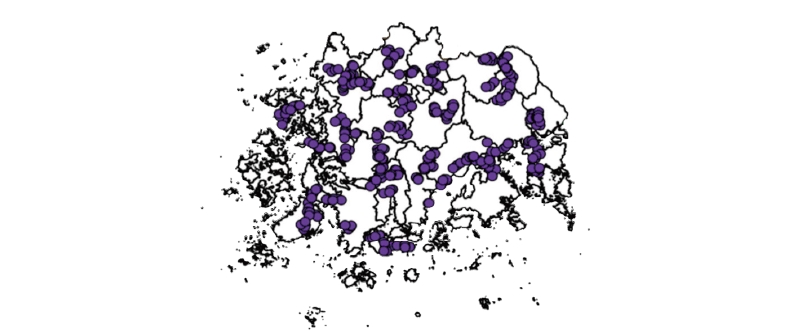Abstract
This study was to investigate the occurrence patterns of paddy weeds, their resistance levels to an ALS inhibiting herbicide, and to estimate the areas of resistance in these paddy fields. We used soil collected from 358 paddy fields of Jeonnam province in 2017. Based on their life cycles, weeds were 96% annuals and 4% perennial. Additionally, according to morphological classification, 59% were broad leaves, 28% were sedges and 13% were grasses. Different areas within Jeonnam province contained different numbers and occurrence rates of weed species. However, generally, we observed Lindernia dubia var. dubia, Monochoria vaginalis var. plantaginea, Ludwigia prostrata, L. procumbens, Cyperus difformis, Scirpus juncoides, Eleocharis Kuroguwai, Echinochloa oryzoides, and E. crus-galli var. echinata. We also observed seven weeds resistant to an ALS inhibiting herbicide. They were M. vaginalis, S. juncoides, C. difformis, L. dubia, Ludwigia prostrata, E. oryzoides, and E. crus-galli var. echinata. Although there were differences in the number and occurrence rate of resistant weed species to an ALS inhibiting herbicide among areas in Jeonnam province, the M. vaginalis, C. difformis, and S. juncoides occurred in 23 cities and counties in Jeonnam including Gwangju metropolitan city. Based on the rates (52%) of resistant occurrence to an ALS inhibiting herbicide in Jeonnam province, the area of weed resistant paddy fields was estimated to be 91,543 ha.
Figures & Tables

Fig. 1. Area of soil collection.


